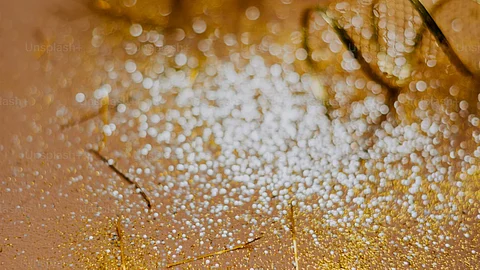In the new study, the authors encapsulated gold spheres within larger golden cage-shaped nanoparticles to optimize their response to light for both therapeutic and imaging purposes. To make the particles appealing to bacteria, they coated them in dextran, a carbohydrate that is a common building block of biofilms.
The researchers assessed their strategy by applying the gold nanoparticles atop S. mutans-infected teeth from ex vivo rat jaws.
In a photoacoustic imaging test on the teeth, the nanoparticles emitted signals that came through loud and clear, allowing the team to see precisely where biofilms had taken up the dextran-coated particles on the teeth.
Then, to evaluate the particles’ therapeutic effect, they irradiated the teeth with a laser. For comparison, they treated other infected teeth samples with the topical antiseptic chlorhexidine.
The team observed a stark contrast in the outcomes of the two treatments, with the photothermal therapy being nearly 100% effective at killing biofilms, while chlorhexidine did not significantly diminish the viability of bacteria.


